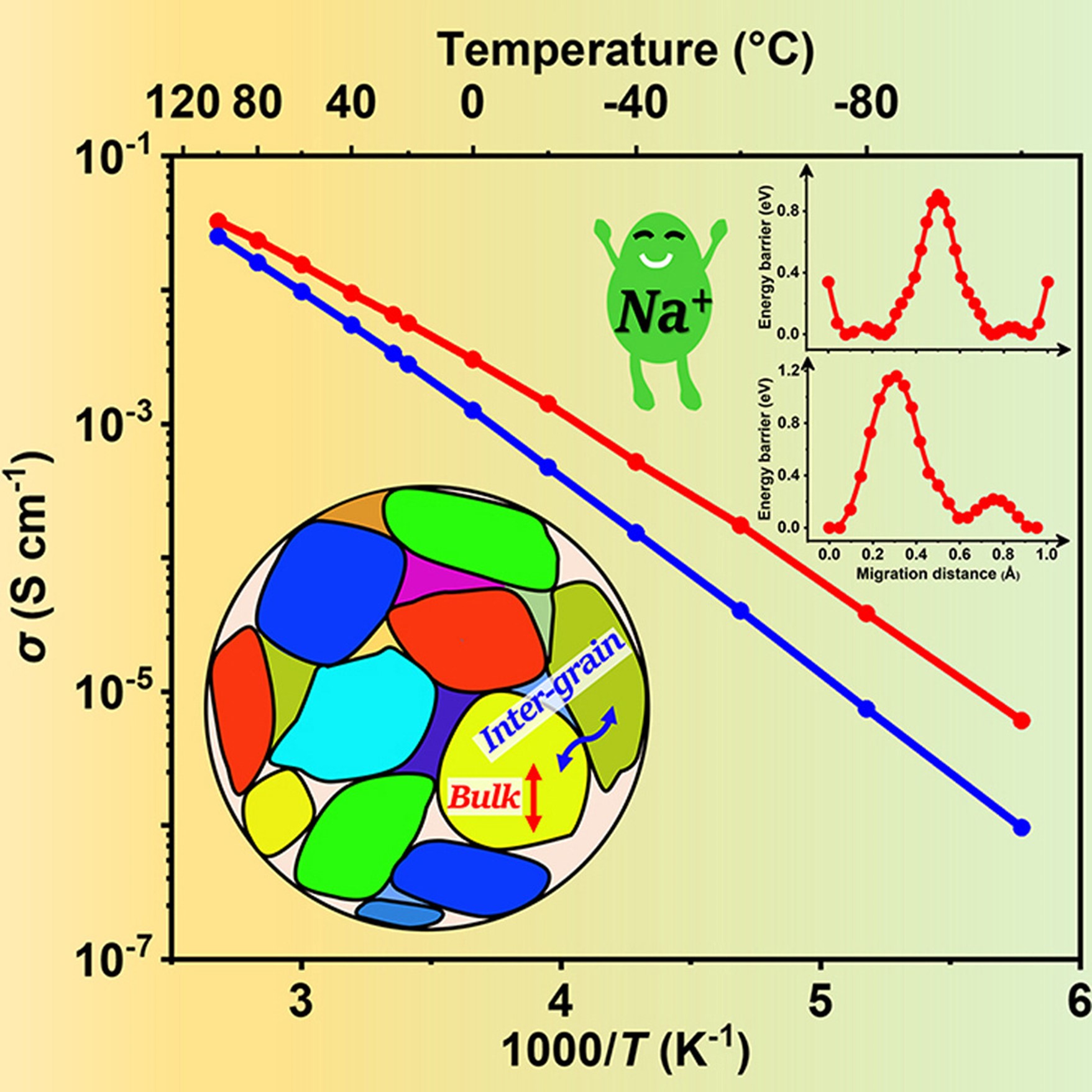The results were published in The Journal of Medical Internet Research.
Opioids – a class of drugs used to relieve pain – can be prescribed medications, or they can be illegal drugs, such as heroin.
“We have an epidemic of opioid use in the United States and right here in Harris County,” said Tiffany Champagne-Langabeer, PhD, assistant professor of health informatics at the School of Biomedical Informatics and senior author on the study. “People are struggling from the effects of addiction. This study shines a light on the sophisticated methods of how the supply of opioids is coming into this country.”
Using a programming language, researchers’ site-crawled anonymous marketplaces and forums on the dark web to solicit data. These sites can be compared to online retailers.
“Once we were in the sites, we began to look for jargon patterns and trends to understand what was going on,” said Xiaoqian Jiang, PhD, professor of biomedical informatics at the School of Biomedical Informatics at UTHealth and author on the study. “We used algorithms and forums to detect key words and were able to find sites, listings, and suppliers who were selling opioids.”
Researchers found a total of 248,359 listings from 10 anonymous online marketplaces. Among them, they identified 28,106 opioid product listings and 13,508 opioid-related promotional and review forum traces from 5,147 unique opioid suppliers’ IDs and 2,778 unique opioid buyers’ IDs.
Much like large online retailers, the anonymous online market consisted of photos of the product, reviews, and how to purchase. Soon after a product was up and sold, the seller and site would disappear.
“There is a level of sophistication to this trade that I don’t think many people realize. In order to buy the product, you have to use cryptocurrency, which requires a high level of technology. When you think of opioids or heroin you think of drugs being sold on the street, but I think what we found here is that it is a lot more complex and sophisticated in how they are able to obtain and distribute these products. People can buy and sell at a much faster rate globally using the web,” said Champagne-Langabeer.
Accidental overdose from opioids account for more deaths in the United States than traffic deaths and suicides, according to Champagne-Langabeer.
“Before COVID-19, we were seeing one death per day in Harris County related to opioid use; however, this number has recently increased. While the final numbers for Harris County remain approximates, we saw an average of 43 deaths per month in 2021 due to overdose from opioids,” she added.
Champagne-Langabeer and Jiang hope their findings will inform policymakers and stakeholders regarding this open market, so additional preventive efforts can be made to curb the opioid trade and assist in ending the epidemic of opioids in the United States.
“This is just the first of many studies to come that can potentially stop the large trade of opioids. I think we proved that by using coding language, we are able to match their level of sophistication and hopefully one day control the source,” said Champagne-Langabeer.
Other authors include Zhengyi Li, MSc; Xiangyu Du, MSc; and Xiaojing Liao, PhD, all with Indiana University Bloomington.
Media inquiries: 713-500-3030



